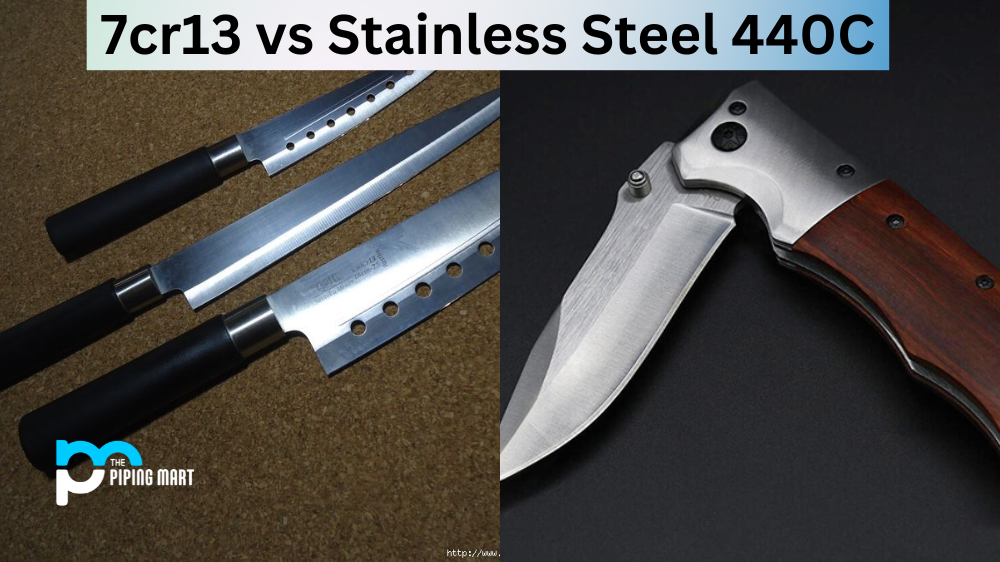Steel is one of the most essential materials in the manufacturing industry. It creates everything from tools and machinery to buildings and infrastructure. However, not all steel is created equal. Different grades of steel are used for other purposes. Two of the most common grades of steel are 1025 and 1045. In this blog post, we will explore the differences between these two steel grades to help you understand which one may be suitable for your application.
Difference Between 1025 and 1045 Steel
Chemical Composition
The primary difference between 1025 and 1045 steel lies in their chemical composition. These steels have carbon as their main alloying element but in differing amounts. 1025 steel contains approximately 0.25% carbon, while 1045 steel contains about 0.45% carbon. Additionally, 1045 steel has many other elements, such as manganese, phosphorus, sulfur, and silicon. The differing chemical compositions of these two steels give them different mechanical properties that make them suitable for other applications.
Mechanical Properties
Due to their different chemical compositions, 1025 and 1045 steel have other mechanical properties. 1025 steel has a lower tensile strength and is more ductile than 1045 steel. It is often used for parts and components that require good formability and machinability. On the other hand, 1045 steel has a higher tensile strength and is more durable than 1025 steel. It is often used for high-stress applications such as gears, bolts, and shafts.
Heat Treatment
Another critical factor distinguishing 1025 and 1045 steel is their response to heat treatment. 1045 steel is a heat-treatable steel that can be hardened by quenching and tempering. This makes it suitable for applications that require high strength and toughness. In contrast, 1025 steel is not heat-treatable and cannot be hardened through heat treatment. This limits its use to applications where strength and hardness are not critical.
Cost
The cost of 1025 and 1045 steel can also differ depending on the application and production process. Generally, 1045 steel is more expensive than 1025 steel due to its higher carbon content and better mechanical properties. However, the cost may depend on the steel parts’ quantity, size, and machining requirements.
Applications
1025 and 1045 steel are used in various applications in various industries. 1025 steel is often used for components that require good formability and machinability, such as washers, spacers, and bushings. It also manufactures agricultural machinery, valves, and hand tools. On the other hand, 1045 steel is commonly used for high-stress applications such as gears, axles, and shafts. It also manufactures machinery components, industrial tools, and hydraulic cylinders.
Tensile Strength
Another critical difference between 1025 and 1045 steel is their tensile strength. 1025 steel has a lower tensile strength than 1045 steel. It is not as strong as 1045 steel and may be more likely to deform under stress.
Yield Strength
Yield strength measures a material’s ability to resist deformation under stress. 1025 steel has a lower yield strength than 1045 steel. This means it is not as resistant to deformation under pressure and may deform more easily.
Ductility
Ductility is a measure of a material’s ability to deform without breaking. 1025 steel is more ductile than 1045 steel. This means that it can bend more before breaking.
Hardenability
Hardenability measures a material’s ability to be hardened by heat treatment. 1025 steel is less hardenable than 1045 steel. This means that it cannot be set as much by heat treatment.
Conclusion
In conclusion, several significant differences between 1025 and 1045 steel can affect their application suitability. The choice between these two steels depends on the application’s requirements, including the desired strength, hardness, formability, cost, and machinability. Choosing the suit steel can help ensure your products meet the necessary standards and deliver superior application performance.

A passionate metal industry expert and blogger. With over 5 years of experience in the field, Palak brings a wealth of knowledge and insight to her writing. Whether discussing the latest trends in the metal industry or sharing tips, she is dedicated to helping others succeed in the metal industry.




